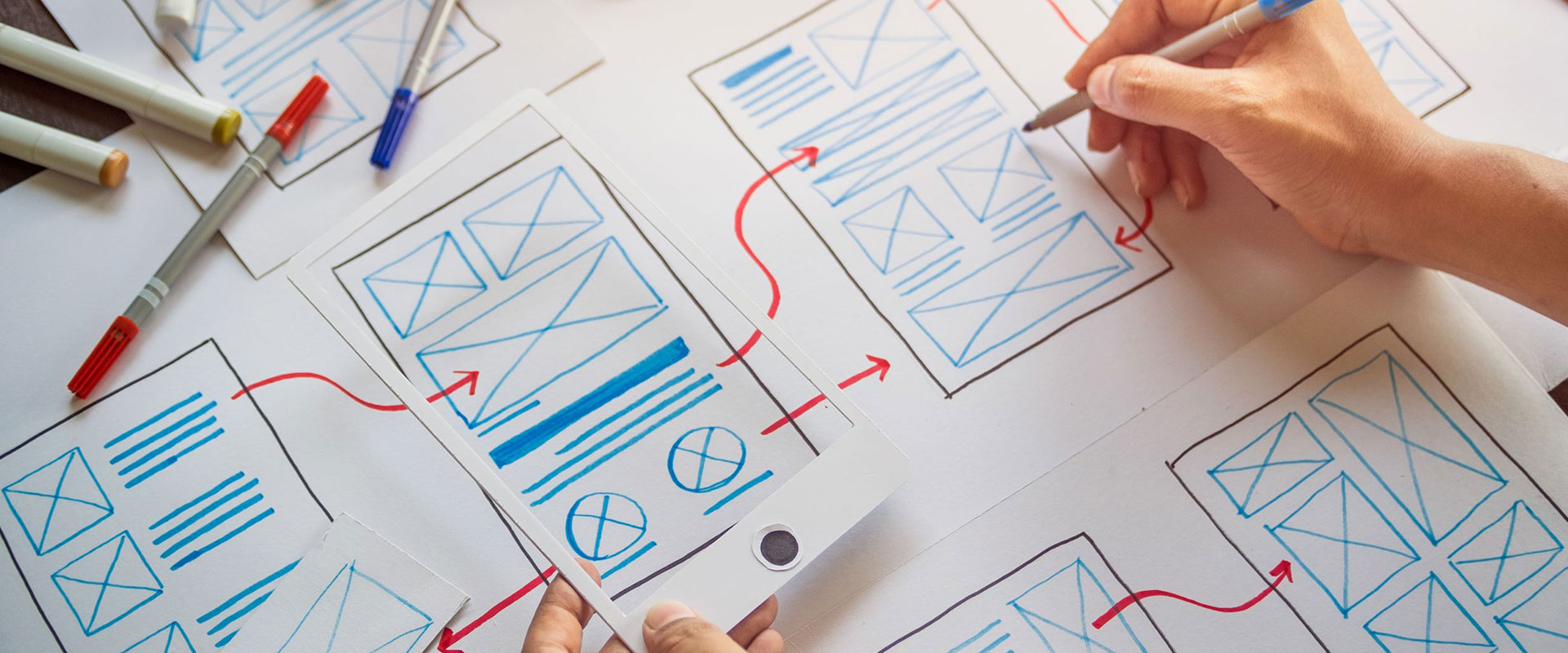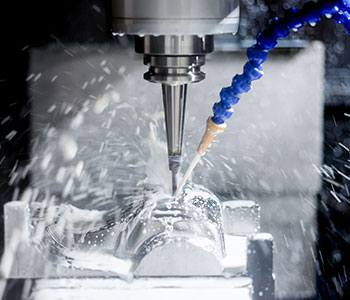The medical field is time-sensitive. For healthcare providers, delivering high-quality, timely care to patients sometimes relies on the speedy development and delivery of new medical devices and instruments. Any delay in care or treatment for a patient could mean the difference between life and death. Rapid prototyping is one way designers can ensure the rapid development of high-quality medical devices and ensure timely, high-quality care for patients. This article will elaborate on exactly what rapid prototyping is and how it can be used to reduce the time to market for medical devices.
What is rapid prototyping?
Rapid (or fast) prototyping is the process of quickly turning a preliminary or experimental product design into a tangible object based on CAD (computer-aided design) data and an appropriate prototyping method. High-fidelity prototypes can be made by traditional manufacturing methods such as CNC machining or injection molding. However, advancements made in additive manufacturing have led to an increase in prototypes fabricated using 3D printing methods like stereolithography (SLA) or selective laser sintering (SLS) due to the rapid turnaround that can be achieved.

Three advantages of rapid prototyping for medical devices
Although rapid prototyping can deliver physical prototypes much faster than traditional medical device prototyping, these prototypes lack the mechanical and thermal properties seen in the final version. Yet, it still offers significant benefits. Here are three advantages of rapid prototyping that can help designers reduce the time to market for their new medical product:
1. Test and validate design concepts
Too often, designers develop innovative and exciting products, traverse deep into the design process, and may even start production, only to learn that their design does not work as intended. As an example, a designer develops a custom-fit prosthetic leg for a customer, only to learn that the design is uncomfortable for the end-user and impractical for extended use. Not only does this waste money, but it also uses up valuable time that could have been spent optimizing medical manufacturing processes, and it may delay the introduction of the product into the marketplace. Rapid prototyping helps to prevent this from happening by allowing designers to test and validate their design concepts.
Nowadays, designers have access to numerous rapid prototyping methods, from traditional methods like plastic injection molding to newer technologies like SLA that can be used to verify computer models and evaluate performance metrics that can’t be modeled by software. These methods allow designers to rapidly explore and realize design concepts. Whatever prototyping method the designer chooses will deliver a proof of concept in the form of a physical product that can be held and evaluated. Having a tangible prototype in hand allows the designer to identify undesirable or useless features in the design and to focus on more critical aspects of the design that must be refined. By being able to test and validate design concepts throughout the medical design process quickly, designers can design iteratively and methodically to ensure their medical designs work as intended. This is one way that rapid prototyping helps designers reduce their time to market.

2. Evaluate manufacturing processes
Another benefit of rapid prototyping, depending on the material and processes used to make a prototype, is that it allows manufacturing processes for the final product to be tested and evaluated before mass production begins. Plastic prototypes are more representative of a final product intended to be plastic just as metal prototypes are more representative of a final product intended to be metal. Therefore, designers should manufacture prototypes using processes as close as possible to the processes that will be used on the final product. If the prototype manufacturing process is drastically different from the true production processes intended, designers are still able to use the prototypes to test for other functions and appearance. By rapid prototyping in this manner, designers get a sense of the manufacturing processes needed to make their parts, improve their estimates of the true cost of production, and can move to minimize development costs for each subsequent design iteration by eliminating unnecessary tooling.
By observing manufacturing processes and inspecting prototype parts afterward, designers can validate quality assurance points established by the customer’s quality and functionality requirements. This gives designers insight into the true requirements of a final product such as tight-hole tolerances or texture requirements, and quality defects that may occur on the final product. Additionally, by observing the required manufacturing processes to make medical prototypes, both designers and manufacturers can quickly address tooling errors and make appropriate adjustments. The sooner design flaws and manufacturing issues are addressed, the easier it is to revise the design and continue forward with the project - drastically reducing time to market.
3. Identify and receive feedback from customers
Imagine that a designer has developed a new, state-of-the-art medical product with all the necessary production tooling in-house. This new, innovative product has already been introduced to the market. However, a quality claim states that the part does not fit in the assembly it was intended for. Even without prototyping, a design error like this should have been caught - however, if rapid prototyping was completed prior to mass production, this could have been avoided altogether.
Showcasing prototypes can be a sound marketing technique - helpful in both solidifying an existing customer base and attracting new customers. By showing prototypes to customers before mass production, the customer’s voice is made part of the design process. Designers should consider customer concerns and desires and implement them to ensure the best possible design for a medical device. With a prototype in hand, it also becomes much easier to develop patents with an attorney.
Bring innovative new products to market faster and more efficiently.
Rapid prototyping makes the process of designing medical products much easier. It not only helps to ensure that the best possible design is the one released to the market, but also helps to establish manufacturing processes and validate quality assurance processes, reduce development costs, and expand market presence. With the advancements that have been made in rapid prototyping methods like SLA or SLS, companies can drastically reduce the time to market for medical devices on medical device prototyping. Contact an ACHB representative today to discuss your medical device manufacturing needs.



